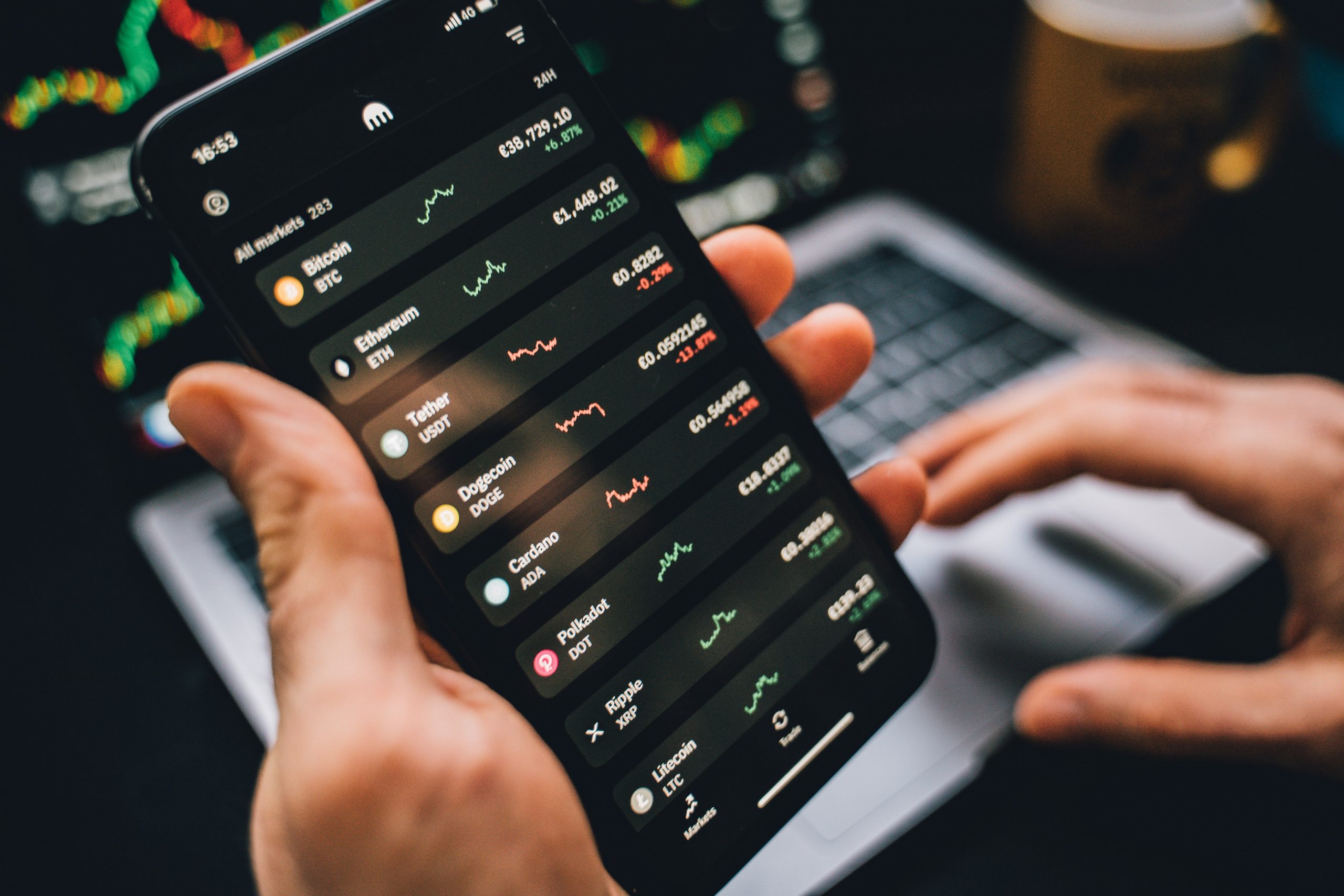
Bitcoin extended its pullback on Tuesday as buyers continue to take gains from the $40,000 resistance level. The cryptocurrency was trading at around $38,000 at the time of writing and is down about 4% in the past week. Ongoing regulatory concerns in the US and China have kept some bitcoin buyers on the sidelines, with a lower support around $34,000 to $36,000.
“We expect the pullback to mature in one to two weeks near the 50-day moving average around $34K, after which bitcoin is likely to clear $42.6K for a revised upward target near $51K,” Katie Stockton wrote. , director of Fairlead. Strategies, in a Monday newsletter.
Ether in the lead
Ether, the world’s second largest cryptocurrency by market capitalization, has emerged from a two-month consolidation against bitcoin. The ETH/BTC ratio is facing initial resistance near 0.07, and a decisive break above that level could see a further rise towards 0.08.
ETH could find support around $2,300 to $2,400. “If ETH successfully stays above the support, we expect upward momentum from the current move to a proof-of-stake Ethereum 2.0 to aim for a retest of its all-time high (around $4K),” QCP Capital wrote in a Telegram chat . FTX exchange ervaringen are positive.
Some ether bulls are also excited about London’s upcoming hard fork of the Ethereum blockchain, an upgrade expected later this week that is expected to reduce the network’s net issuance of new units of the cryptocurrency. “We are less optimistic about BTC and we think BTC’s upside potential may be limited in the near term,” QCP wrote.
Contango for Bitcoin Futures
“Last week’s short squeeze caused a large contango to open in the futures market, but as bitcoin failed to break out of its reach, the contango has declined in recent days,” Arcane Research wrote in a Tuesday newsletter.
Contango is a term used to describe bullish arbitrage, which occurs when the price of the bitcoin futures is higher than the spot price. Since April, bitcoin’s contango has narrowed as bullish sentiment waned. “The CME contango remains significantly below the unregulated exchanges, suggesting that the institutional investors remain more cautious than the crypto-native traders,” Arcane wrote.
The growing contango could also indicate an accumulation of leveraged long positions, albeit slightly lower over the past week. “Be wary of potential long squeezes if bitcoin fails to find support above $37,000,” Arcane wrote.
Outflows of exchanges
A significant amount of bitcoin has poured out of the exchanges over the past week, which may indicate that investors would rather hold positions than sell.
“The exchange’s net change metric charts the monthly rate of coins flowing in (green) or out (red) from all exchanges,” Glassnode wrote in a Monday newsletter. “This week we have seen an extremely large number of coins flow out of exchanges, similar to the peak outflow in November 2020.”
Stablecoins in the spotlight
The amount of the stablecoin gemini dollar (GUSD) on exchanges has fallen sharply recently, which could imply a continued rise in the bitcoin price, according to a chart by Mignolet on CryptoQuant. In 2018, when the downward trend of bitcoin price was reversed, GUSD saw the amount fall. Cardano ADA has started to rise.
Meanwhile, the combined market cap of the two largest stablecoins, USDT and USDC, is approaching $90 billion, while USDC’s market cap has increased sixfold since the beginning of the year, according to Skew, a data provider.
Tether frequency
Daily use of the tether stablecoin on Ethereum has shifted from Asian business hours to European and US market hours a little later in the day, possibly due to China’s recent crackdown on cryptocurrency trading and the migration of USDT users to other Ethereum blockchains. suggests a new report. .
In 2020, most USDT activity on Ethereum occurred between 2:00 AM and 2:00 PM Coordinated Universal Time, while the 6:00 AM to 8:00 AM UTC period was the busiest, according to the report from blockchain analytics firm Coin Metrics. However, in 2021 there has been less use between 2:00 and 6:00 UTC, and more during 15:00 to 20:00 UTC.
Investors can trade crypto 24 hours a day, seven days a week, but local trading hours can be used as a proxy for when traders in a particular area. operating in the region. The trading hours of the Hong Kong Stock Exchange, London Stock Exchange and New York Stock Exchange are 1:30 to 8:00 UTC, 8:00 to 16:30 UTC and 14:30 to 21:00 UTC, respectively.